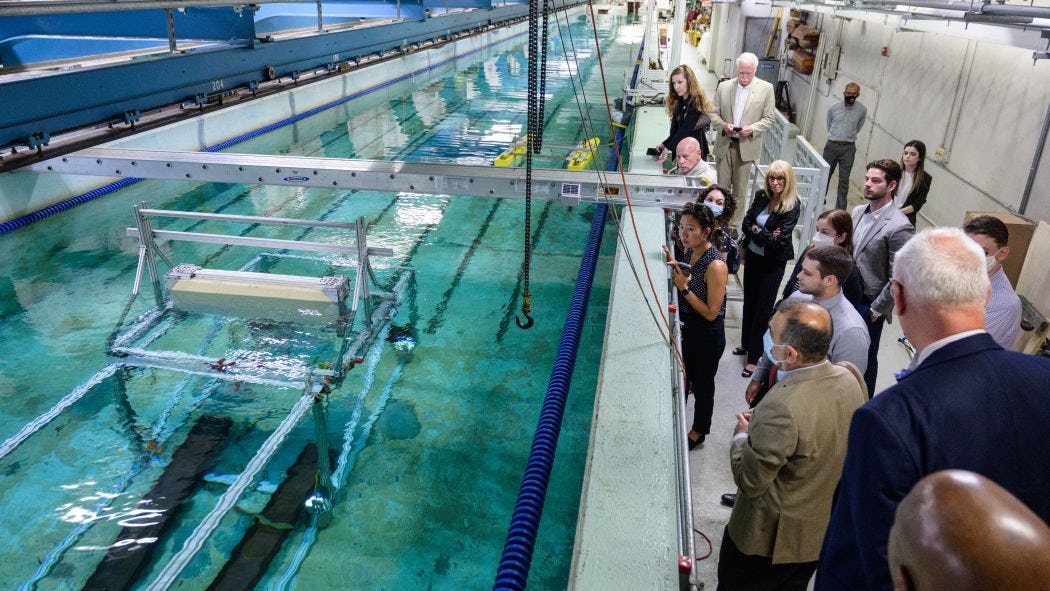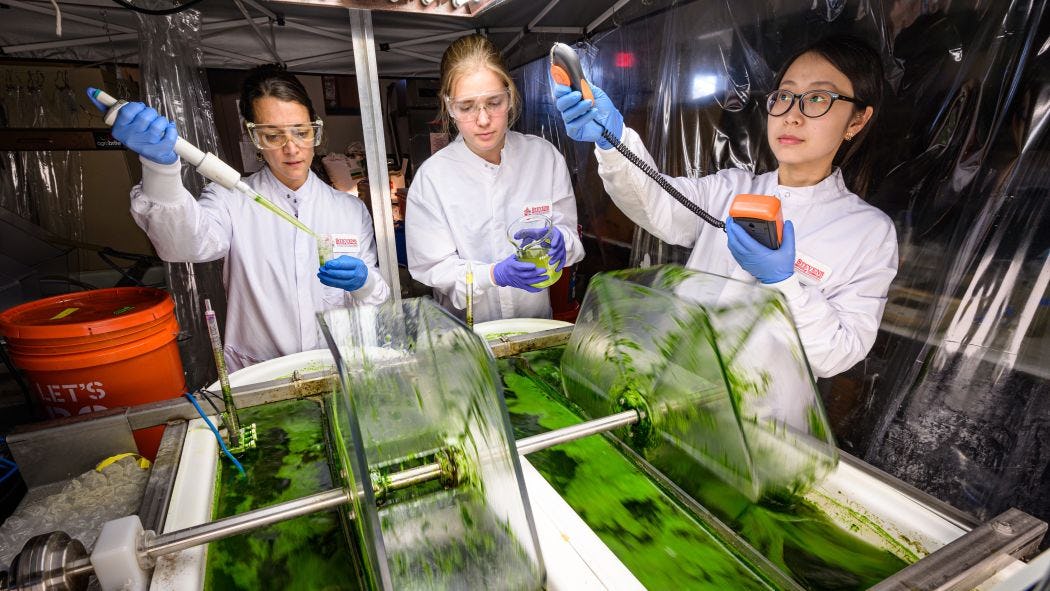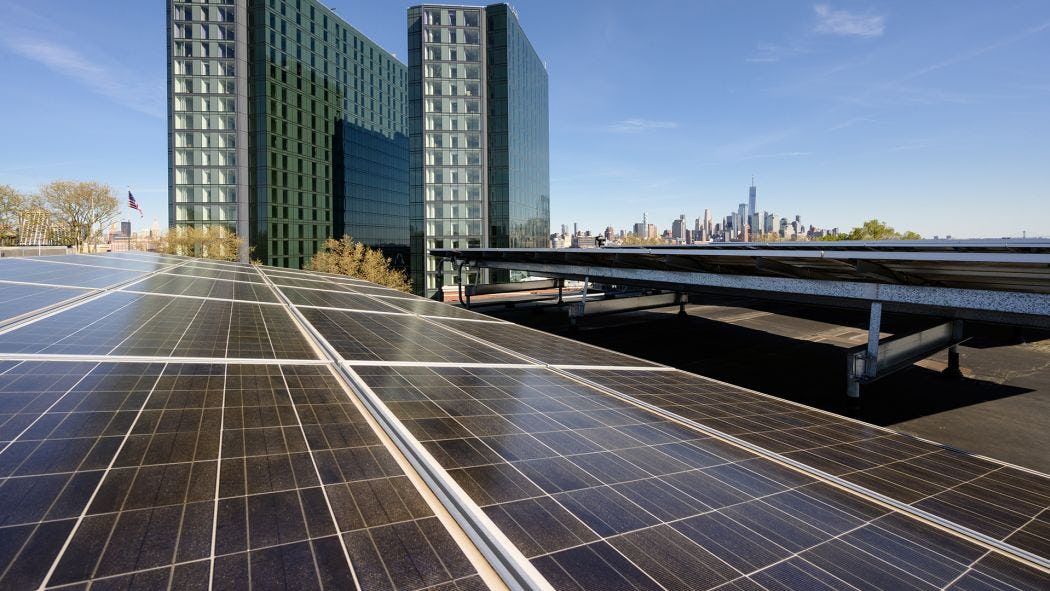
Discover Stevens: Energy and Sustainability
FEATURED ARTICLE:

A Greener Solution for Nickel Extraction
Stevens professors Dibs Sarkar and Christos Christodoulatos, from the Department of Civil, Environmental and Ocean Engineering, are collaborating with researchers at Michigan Technological University and the New Jersey Institute of Technology to discover sustainable methods for nickel extraction. Their groundbreaking research, supported by a $1.9 million grant from the U.S. Department of Energy’s Advanced Research Projects Agency (ARPA-E), focuses on phytomining — a technique that uses plants to extract metals from soil.
RELATED RESEARCH CENTERS AND FACILITIES
At Stevens, we embrace technology as a central part of our research, academics, culture, and campus. Our tech-driven research enterprise is home to these cross-disciplinary centers and state-of-the-art facilities focused on research related to green energy and sustainability.

Davidson Laboratory
Davidson Laboratory is Stevens Institute of Technology's renowned marine research laboratory that uniquely integrates the fields of naval architecture, coastal and ocean engineering, physical oceanography, marine hydrodynamics and maritime systems to create a trans-disciplinary enterprise that can address both the highly specialized issues confronting each discipline, as well as the more complex, integrated issues facing natural systems and human-made maritime activities.

Center for Environmental Systems
The Center for Environmental Systems (CES) is recognized as a leader in the development, evaluation and implementation of new environmental technologies. Through collaborations with government agencies and industrial partners, CES researchers work to generate new scientific knowledge to create innovative technologies, sound environmental policy and sensible resource management. Over the years CES has played an instrumental role in establishing new technologies for environmental control.

Stevens Center for Sustainability
Established through generous funding from the PSEG Foundation, the Stevens Center for Sustainability supports institution-wide programs and research in sustainability, and expands our capacity to educate the next generation of leaders in future-critical fields. The center aims to provide members of underserved communities with educational opportunities to study and research sustainability alongside our experts.
Resilience and Sustainability Research at Stevens
Stevens develops sustainable solutions for the future of the planet, including new materials, smarter power grids, better batteries and renewable energy sources. Davidson Laboratory is a national leader in resilience research, helping communities plan, prepare and face challenges such as extreme weather and climate change with leading-edge prediction systems and engineered defenses.
RELATED PROGRAMS
The educational experience in all of our more than 150 graduate programs is designed to imbue graduates with the mindset, skills, and abilities needed to stay relevant in a rapidly-evolving technological and professional landscape. The following programs prepare graduates for fields that develop and apply the latest technologies in green energy and sustainability.

High-Performance Concrete Inspired by Nature
Civil engineering researcher Weina Meng is spearheading efforts to revolutionize concrete by incorporating design principles that mimic the structure of seashells to further enhance strength, toughness and resistance to cracking — marking a significant advancement that could transform the future of sustainable construction.
STEVENS IS HIRING
Join a growing research community where scholars, leaders, students, and partners meet, join forces, share ideas, and pursue progress. The Charles V. Schaefer, Jr. School of Engineering and Science offers a complete STEM package: engineering and science under one roof means new, unique opportunities for interdisciplinary collaboration.
More Research Highlights
The chemical engineering and materials science assistant professor's research on polymer electrolytes may help pave the way for safer, more efficient energy storage solutions.
